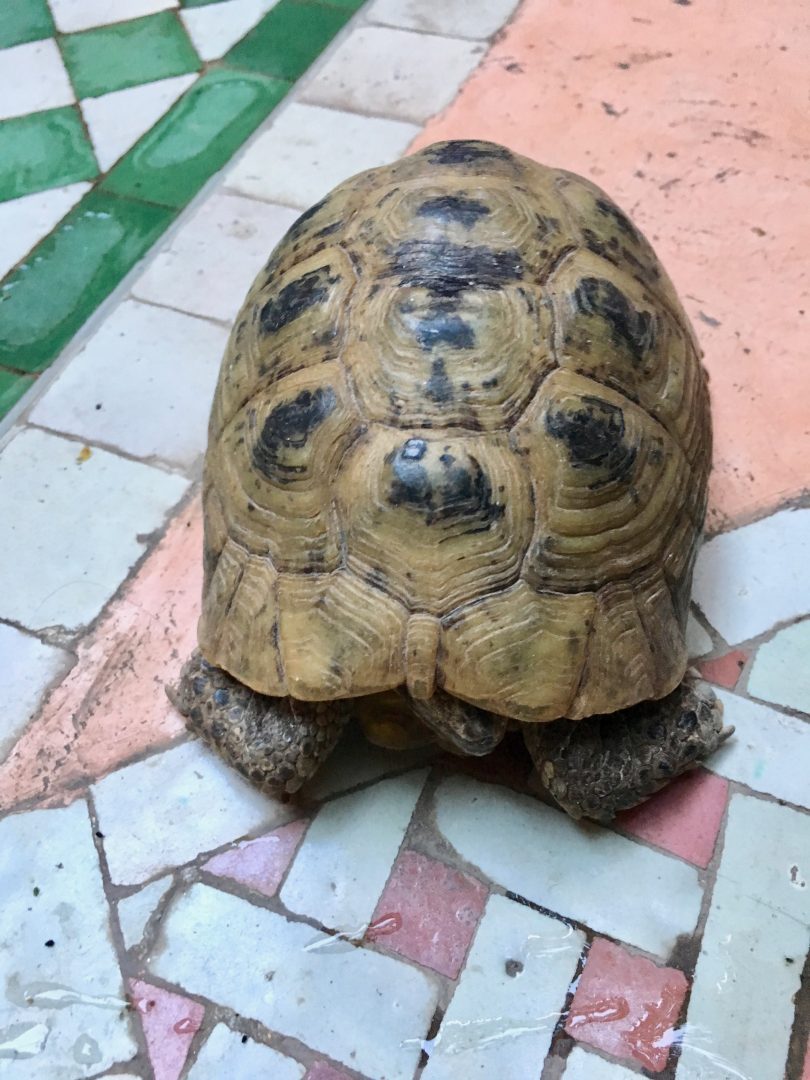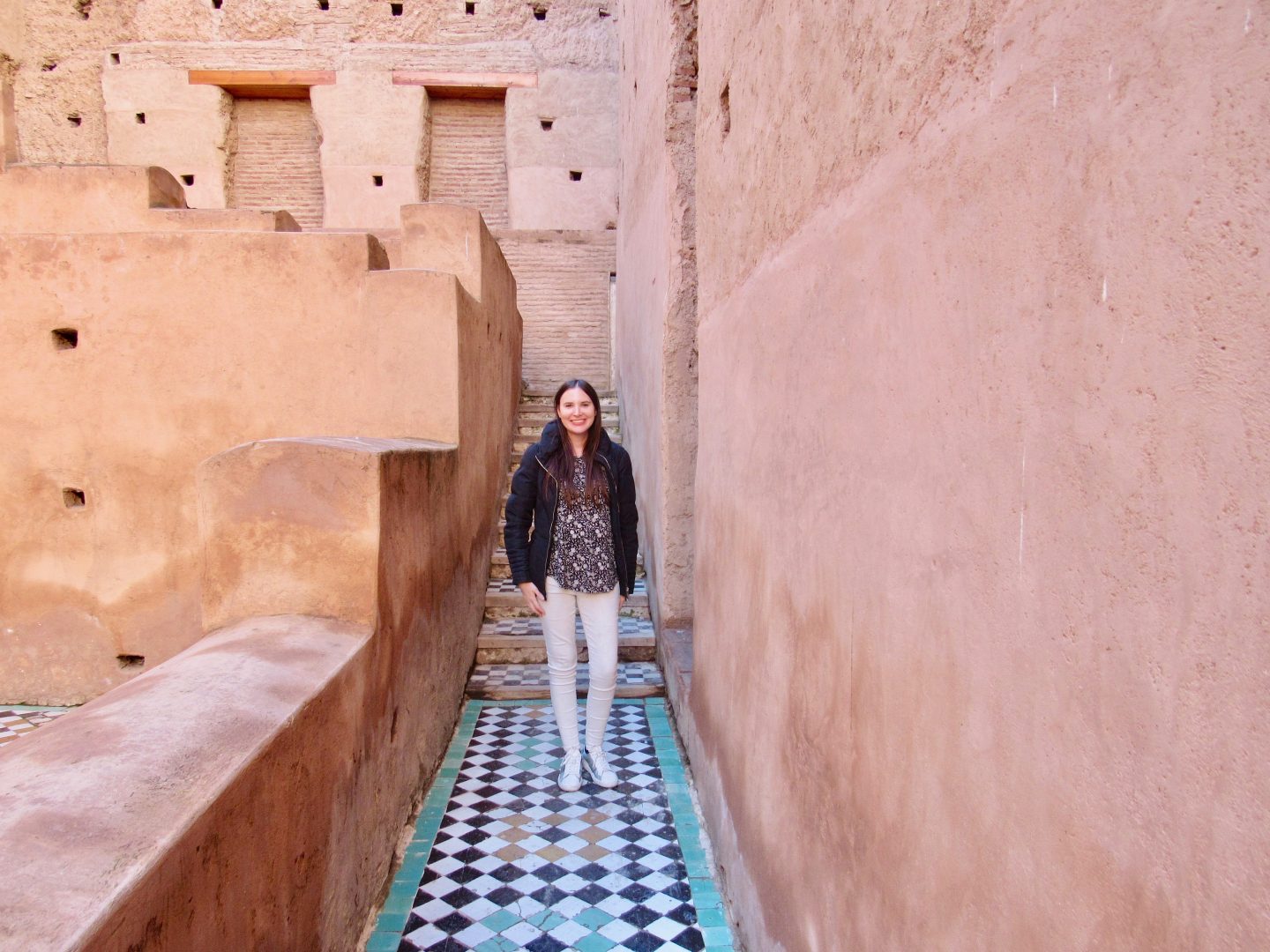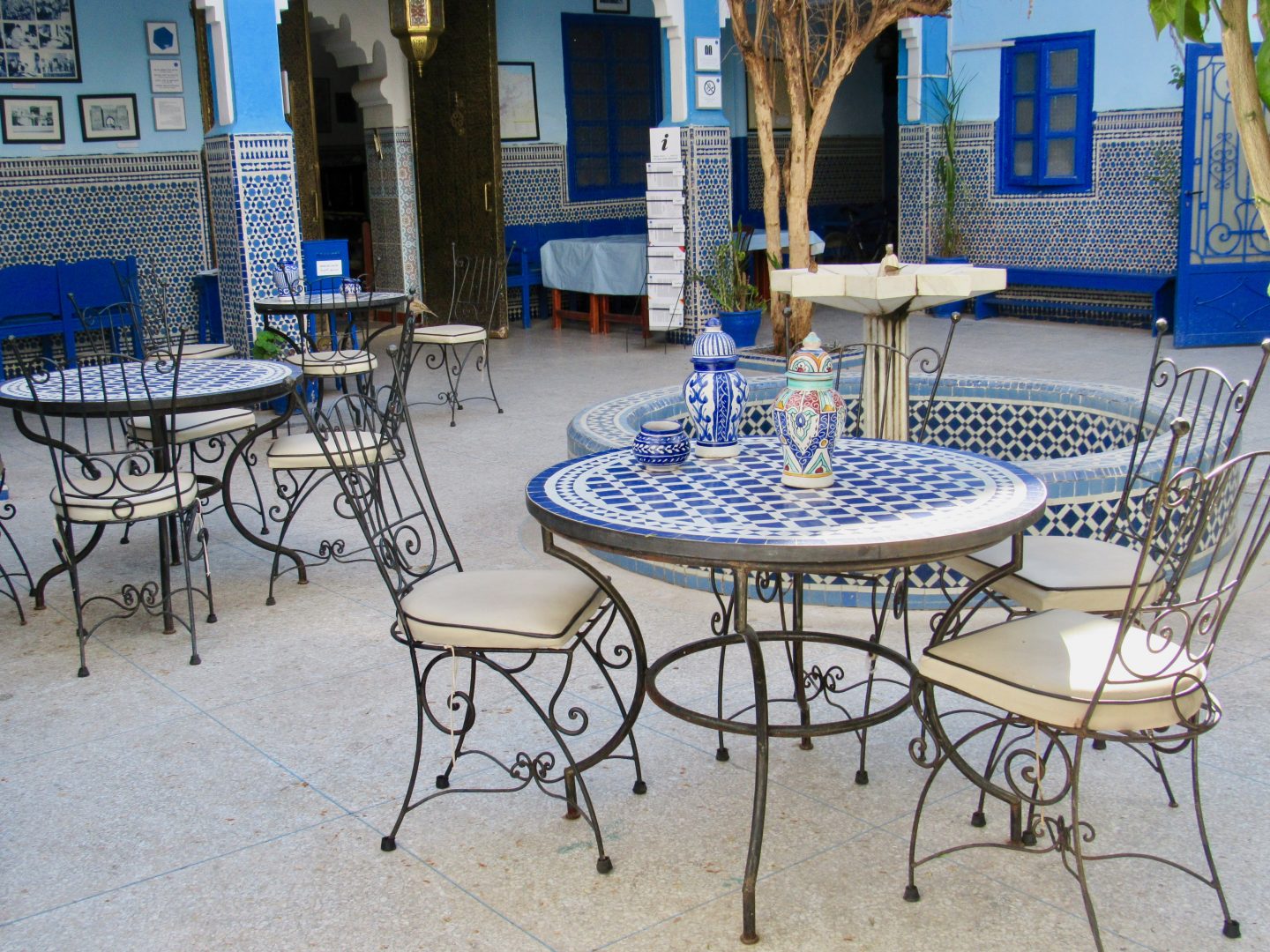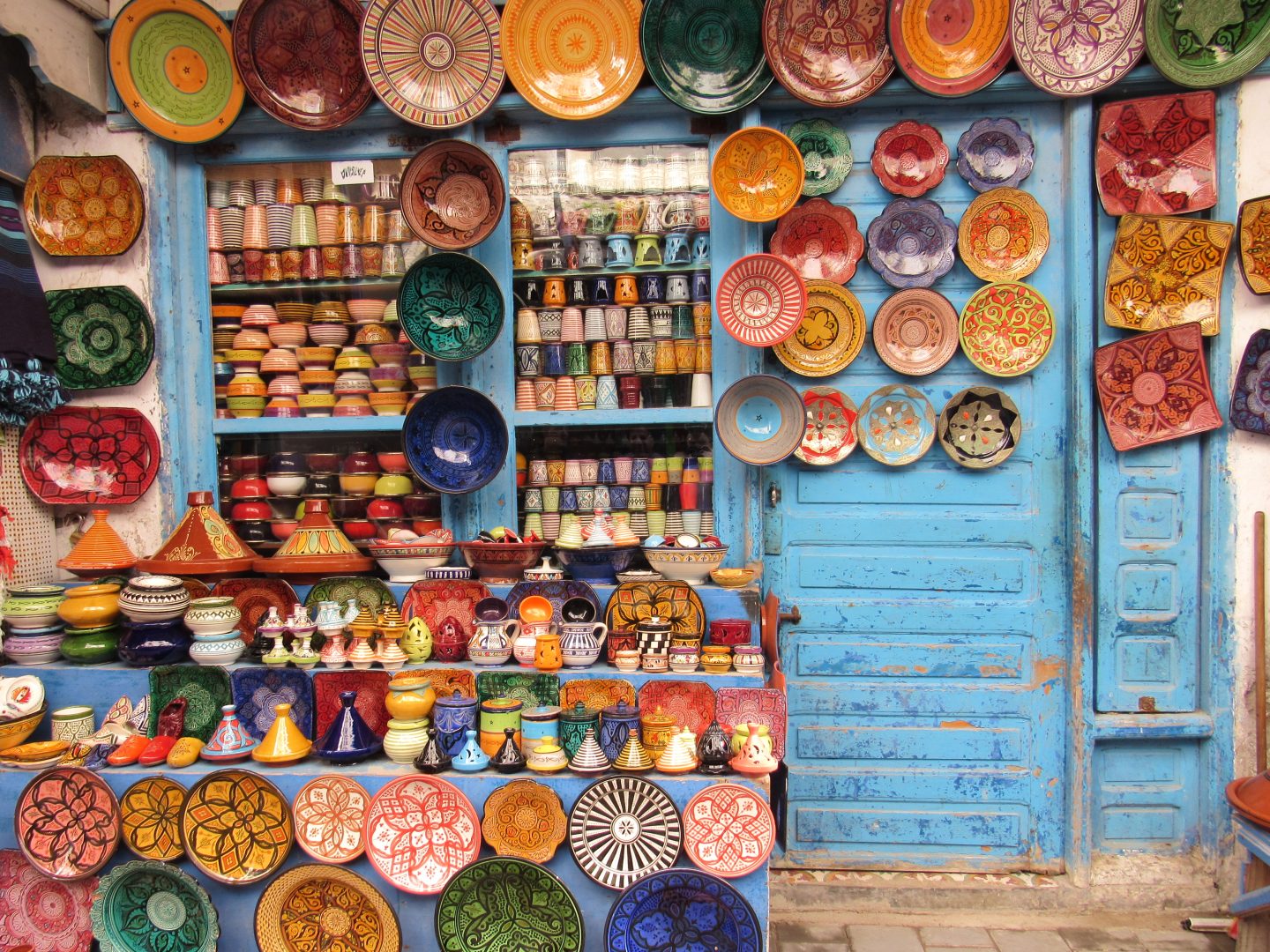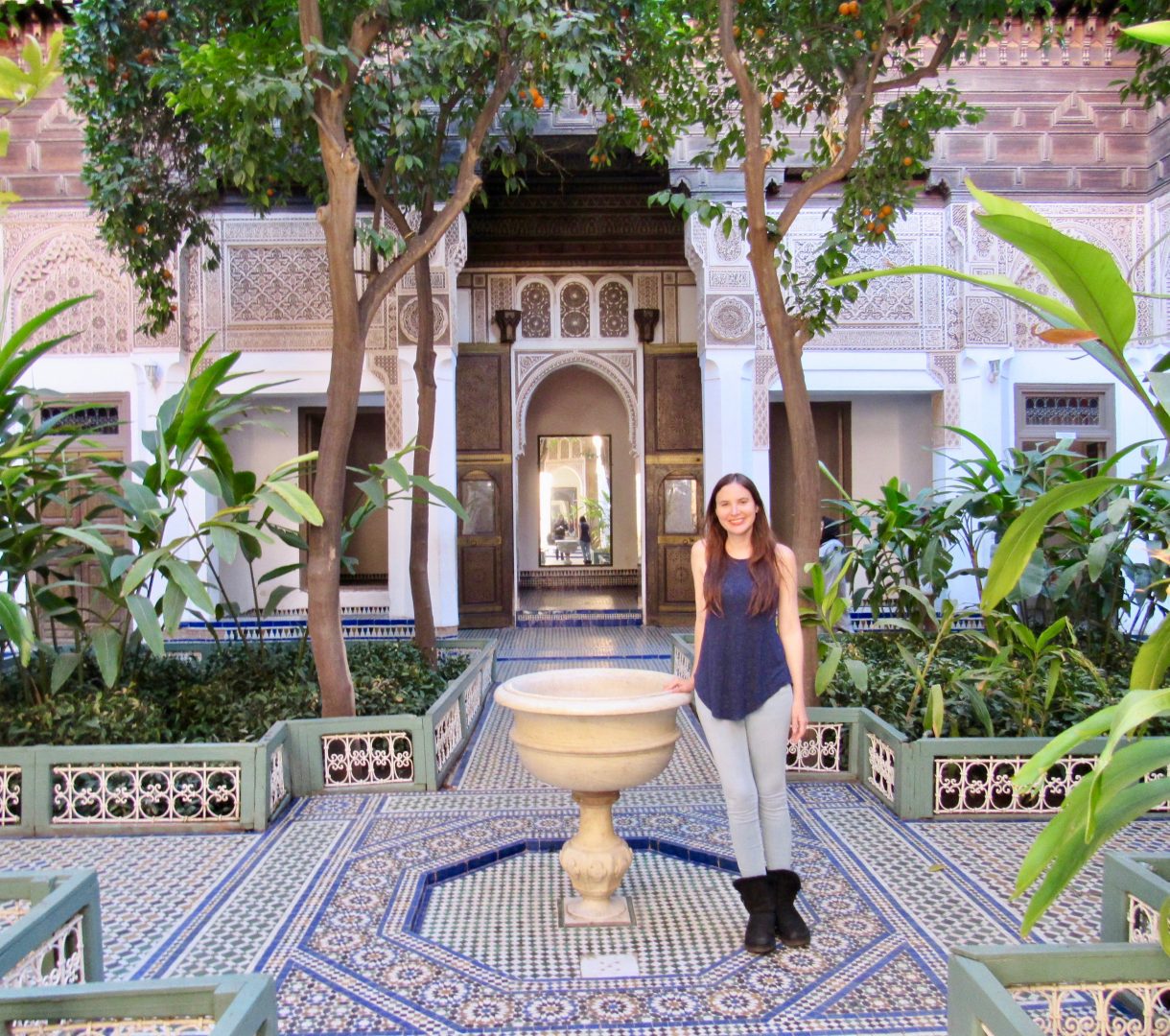You have to have a little imagination to understand the majesty of El Badi Palace (Palais El Badii) in Marrakech. Its name in Arabic means “The Incomparable” but it is sad if you compare it with the Bahia Palace that is better preserved.
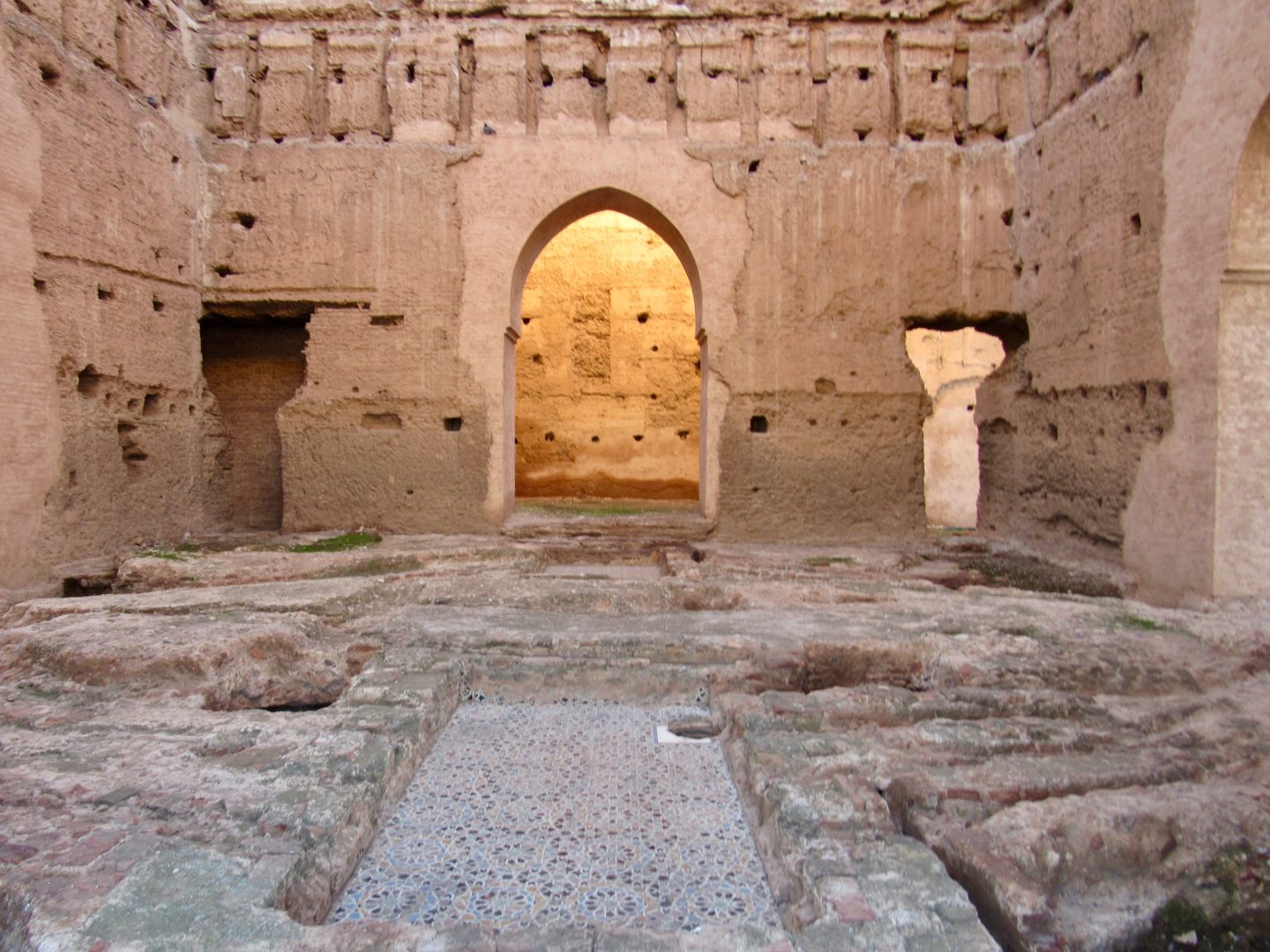
If you stay in any riad in the Medina of Marrakech you can easily walk. It is 900 meters south of Jamas el Fna, the main square and opens every day from 9 a.m. to 5 p.m. Admission is very economical: 20 dirhams ($2.18). You can visit both palaces in one morning, since it takes between hour to hour and a half to explore each.
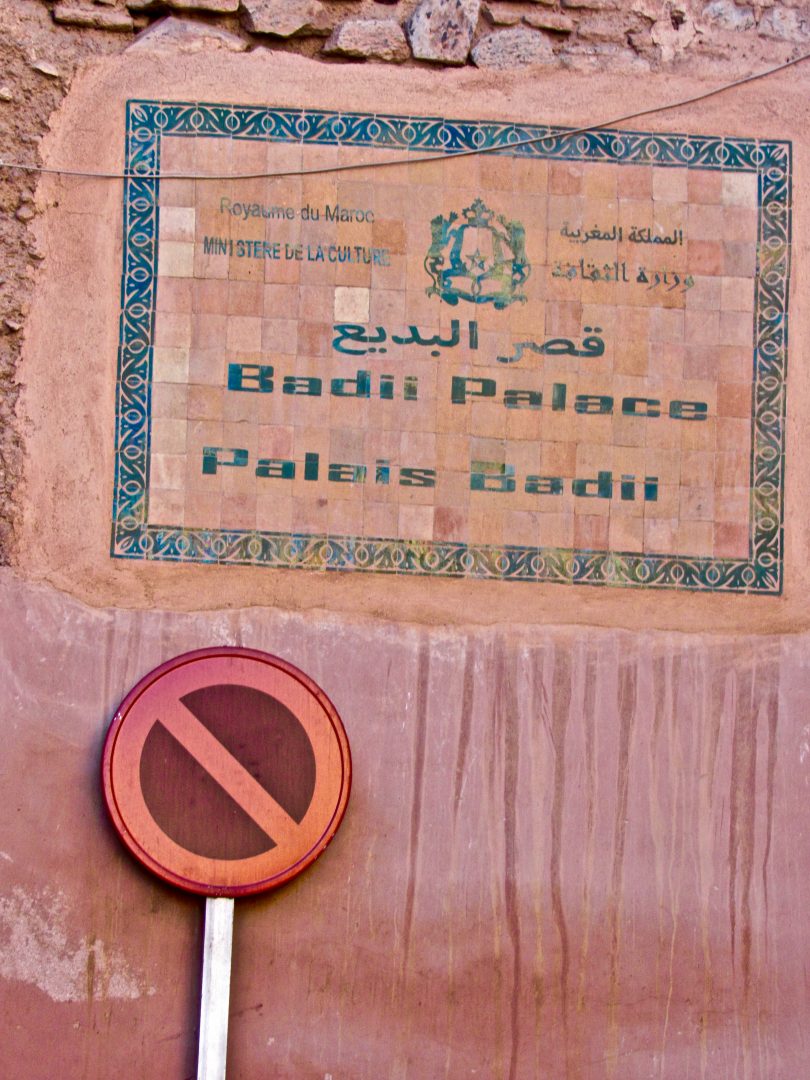
El Badi Palace was built with money from the Portuguese
In 1578, Morocco was at war with Portugal. The Battle of the Three Kings was fought in northern Morocco. Deposed Sultan Abu Abdallah Mohammed II asked his ally, Sebastian I King of Portugal for help, to defeat the new Sultan Abd Al-Malik I (who was his uncle). The fight ended after four hours with the defeat of Portugal and Abu Abdallah Mohammed II. There were 8,000 dead, including almost all the Portuguese nobility and the King himself. 15,000 people were taken as slaves.
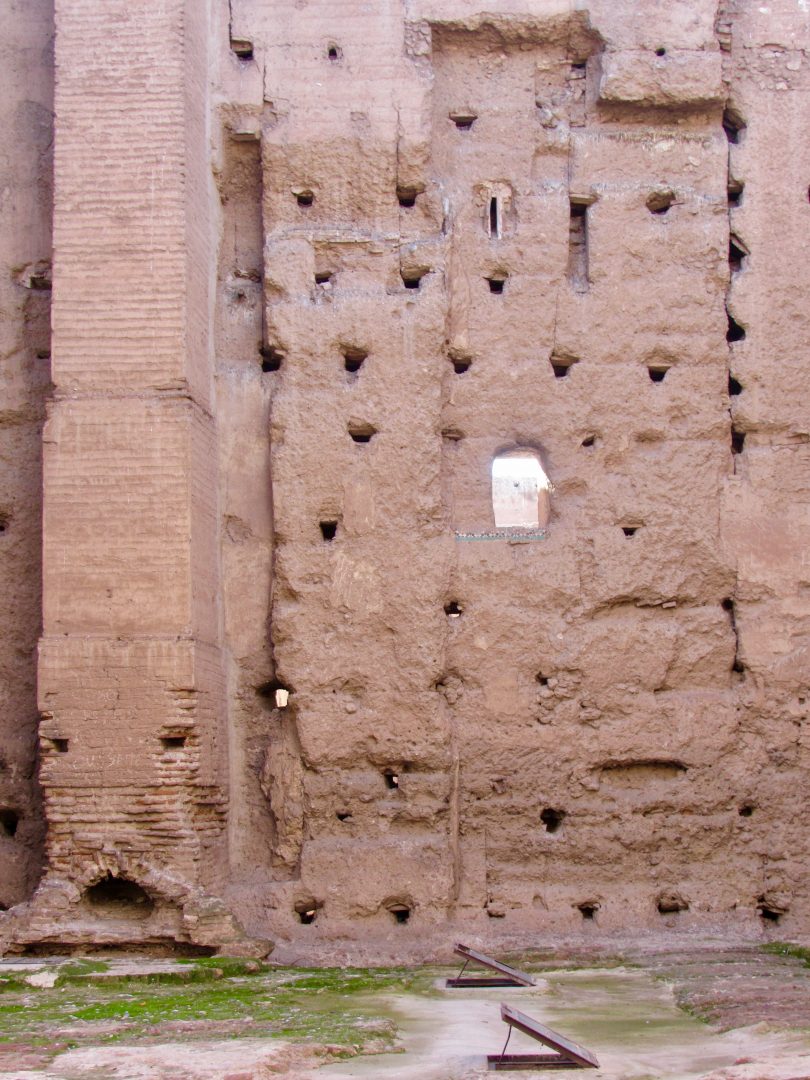
Abu Abdallah Mohammed II drowned trying to escape and Sultan Abd Al-Malik I died of natural causes while riding his horse. Before he dies, he designates his younger brother Ahmed al-Mansour Dhahbi as the new Sultan Saadí. The Portuguese paid large sums of money as ransom for their prisoners. Desperate to show his leadership, he decides to use these funds to build one of the most impressive structures in Morocco: El Badi Palace.

A palace with all the luxuries
The Bali Palace was built between 1578 and 1594. The northeast corner of the Kasbah was chosen, near the Sultan’s private apartments. The design of the palace was inspired by the Alhambra palace in Granada, Spain. It had 360 rooms around a huge inner courtyard that is 135 meters long and 110 meters wide.

This patio has swimming pools where you can see its reflection. It also has sunken gardens full of orange trees. Since I was thirsty, I went down to grab some to eat. Before there were fountains, but these were destroyed.
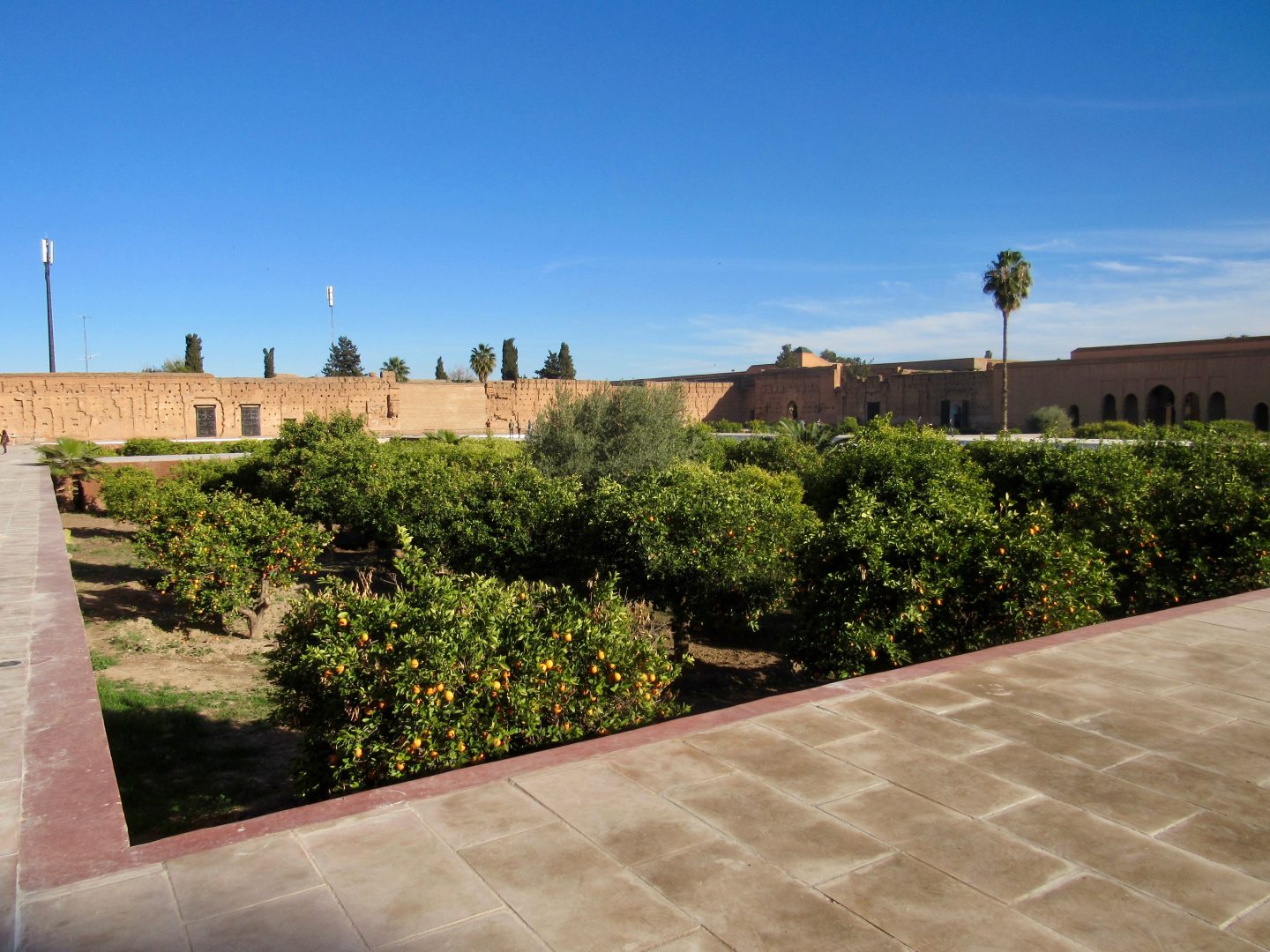
You can climb to the ruins of the palace walls to see a beautiful view of the city of Marrakech. Storks nest in these same walls. Their nests are impressive, honestly the largest I’ve seen in my life.
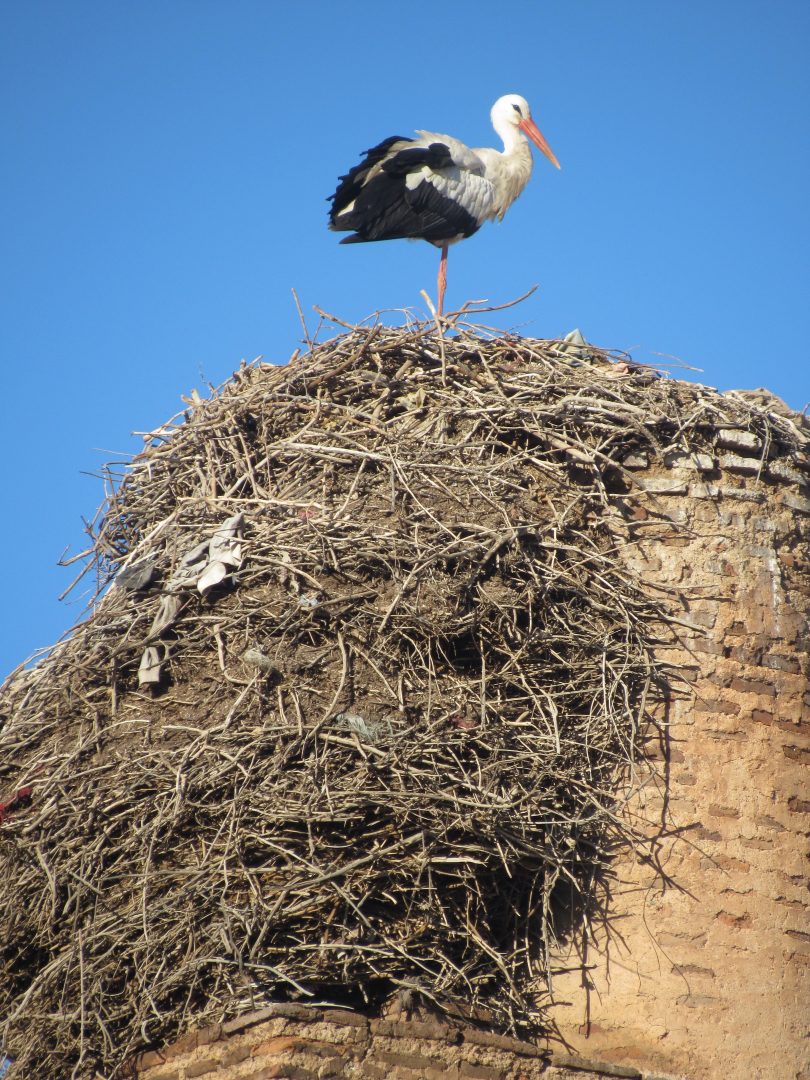
The Sultan wanted the El Badi Palace to “charm the eyes”, so it had onyx of all colors, as well as black and white marble. The capitals of the columns were covered with molten gold or fine gold leaves. The floor was paved with splendid polished marble slabs and the walls covered with glazed tiles of different colors made to represent flowers.
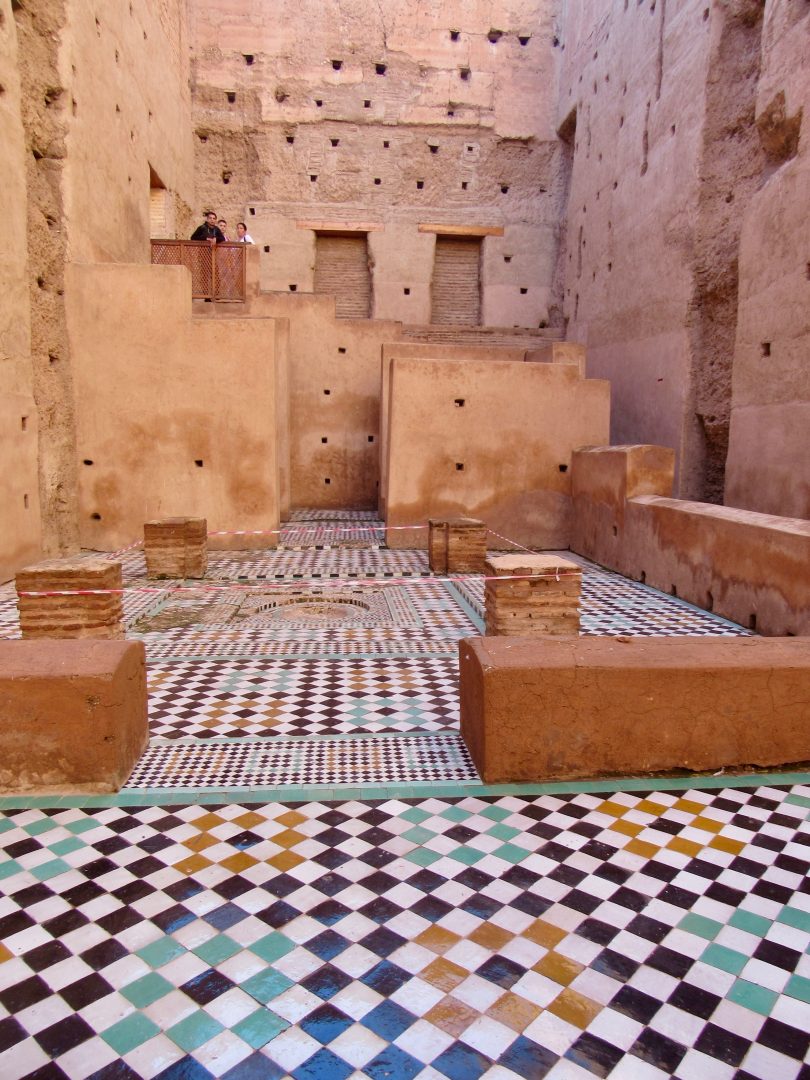
The legacy of the Saadis in Morocco
Men of culture, firmly attached to the centralization of power and sensitive to European and Ottoman models, the Saadis made Marrakech their capital. They did this by challenging Fez, the intellectual city where religious authorities did not always agree with them.

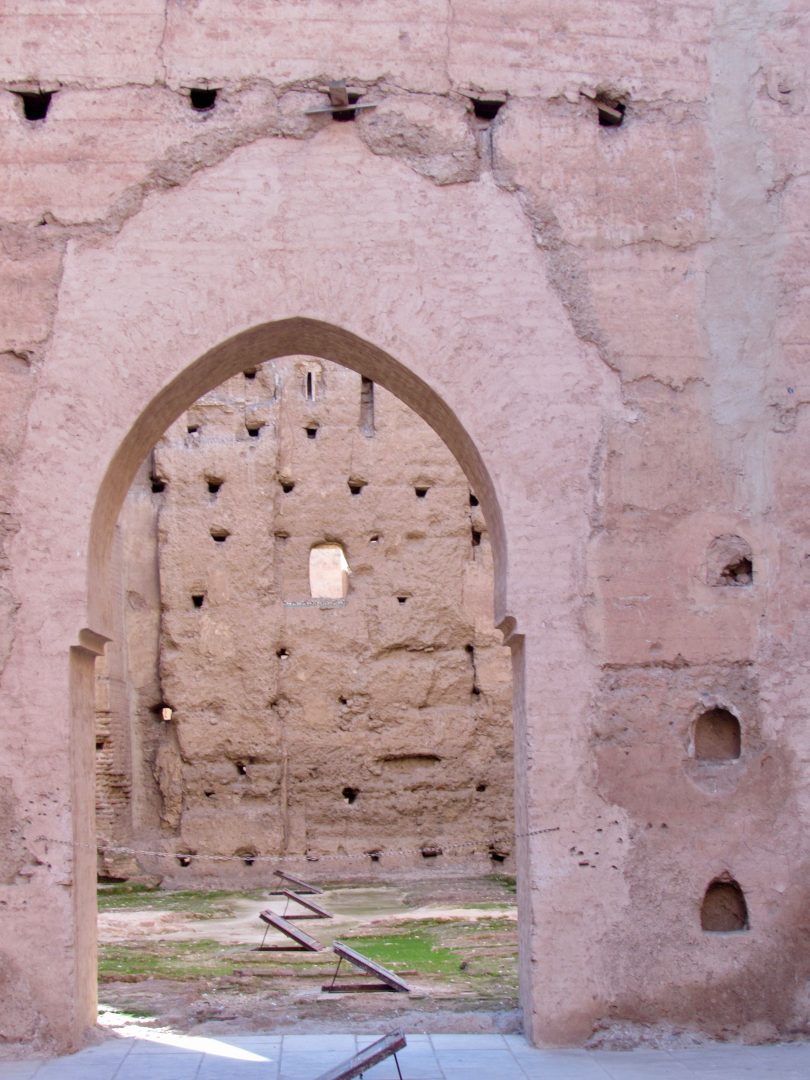
A beautiful ruin
When Sultan Ahmed al-Mansour was building El Badi Palace, he asked the court jester “what do you think?” And jokingly he replied, “it will be a beautiful ruin.” This sultan was very cultured and loved beauty. Unfortunately his successors did not think alike and it was a place they used to take precious materials when needed, marble in particular. Both his children and grandchildren did so.

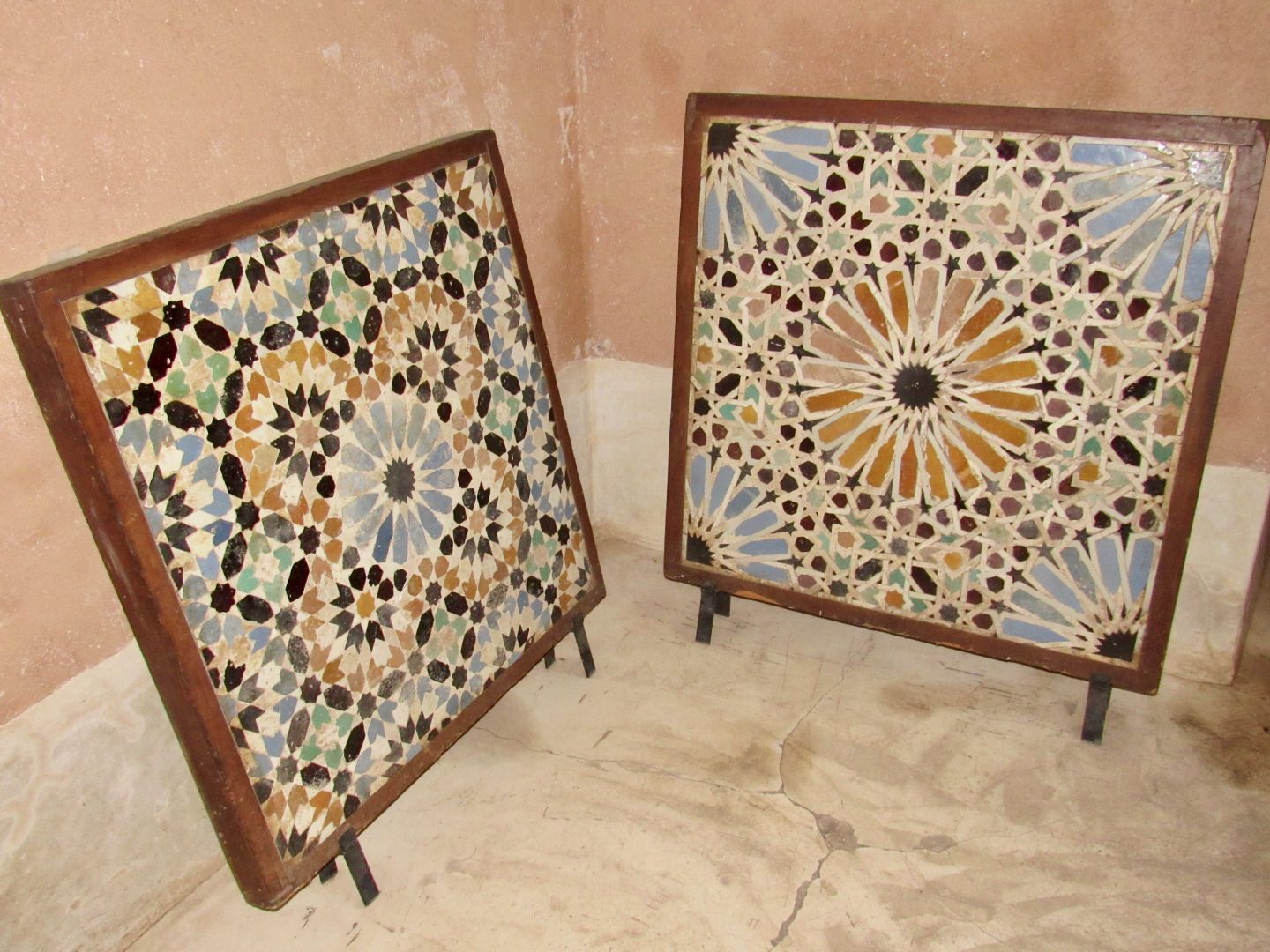
It is sad to walk through a structure so majestic that it has been left in ruins. A room with a projector shows old images of how it used to be and the restoration process.

View the Palace during your stay in Marrakech
Passing the room of the minbar, there are the stables of El Badi Palace. You can still see the mosaics on the floor of this area.
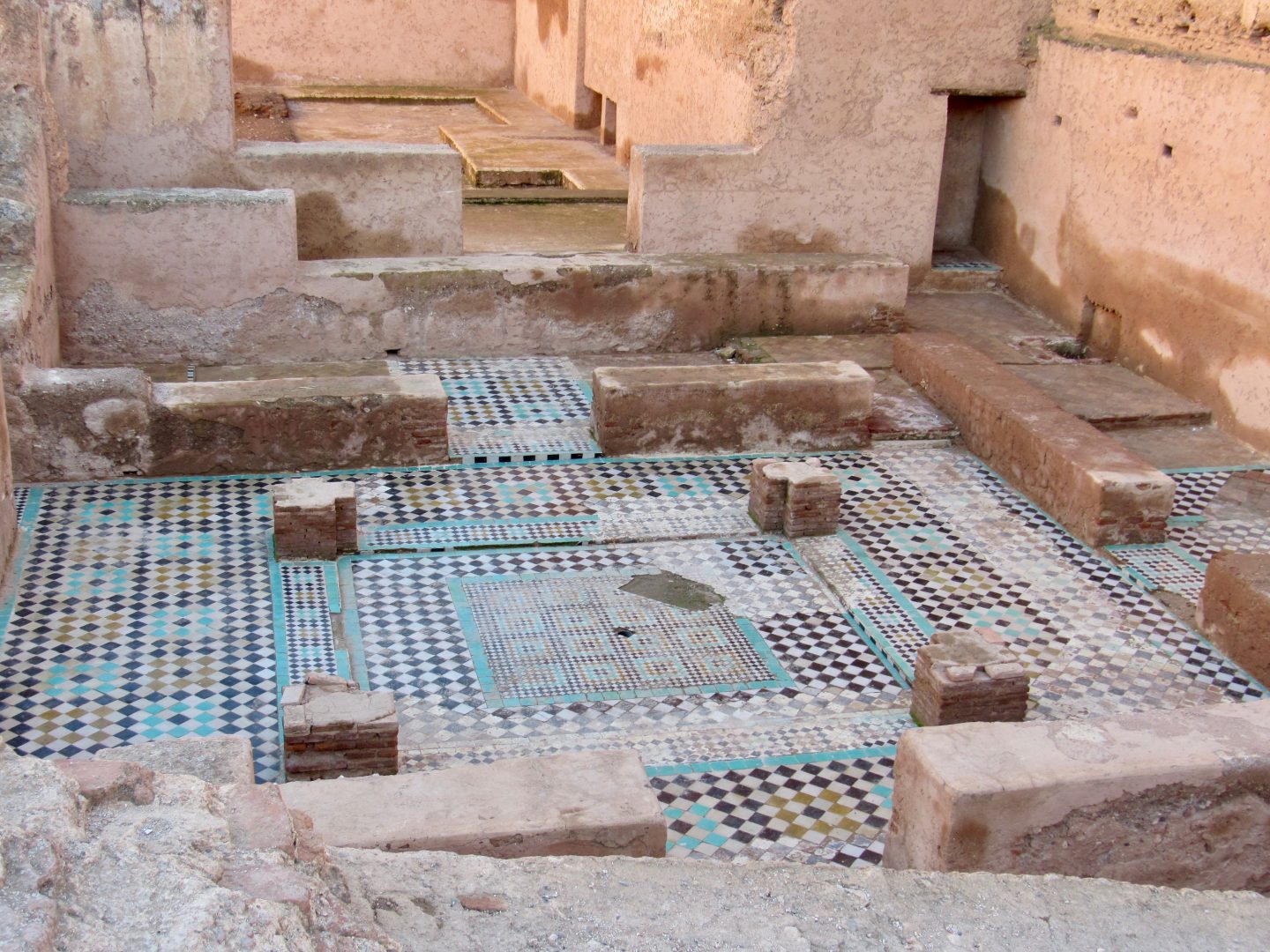
If you continue to the right you can find some dungeons. These rooms were originally used for servants and slaves, then they were converted to guard the rebels.

You can see chains and other elements of torture used during the era. Before Morocco had no prisons as such. Private houses were used as prisons, and some like the palace had dungeons. During the Saadí period there were three prisons, divided for Moroccans, Catholics and Jews.
In 2016 they closed the El Bali Palace to restore parts of it. More work is still missing, but almost all areas are open. Today the palace is used as a stage for music festivals and other events, including the National Festival of Popular Arts and the Festival of Laughter that are held in Marrakech every year.
